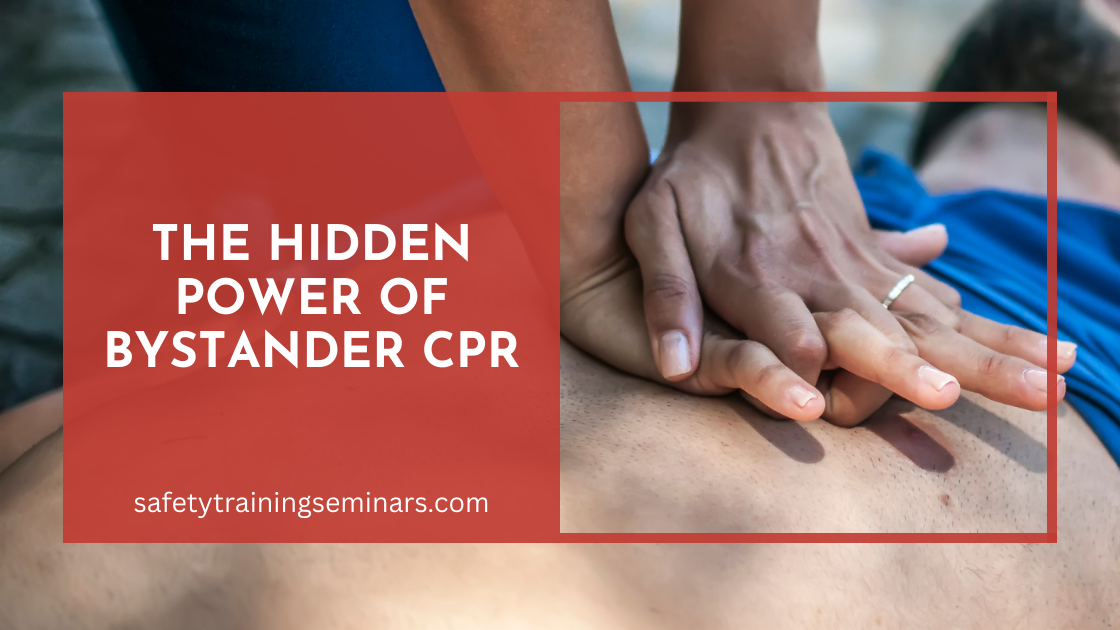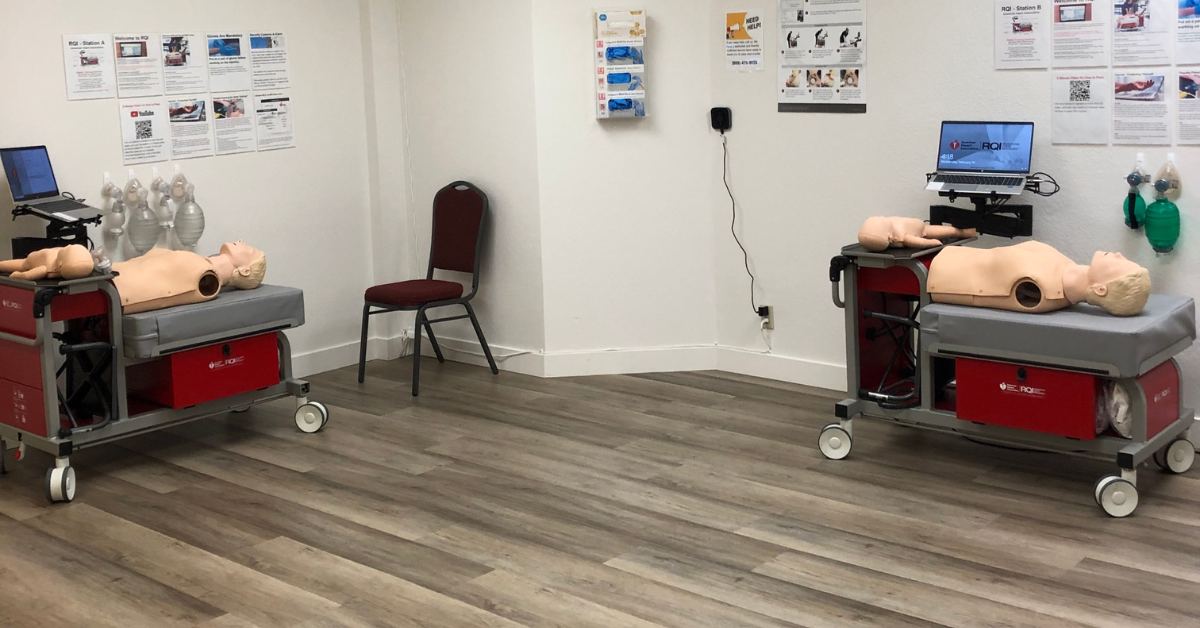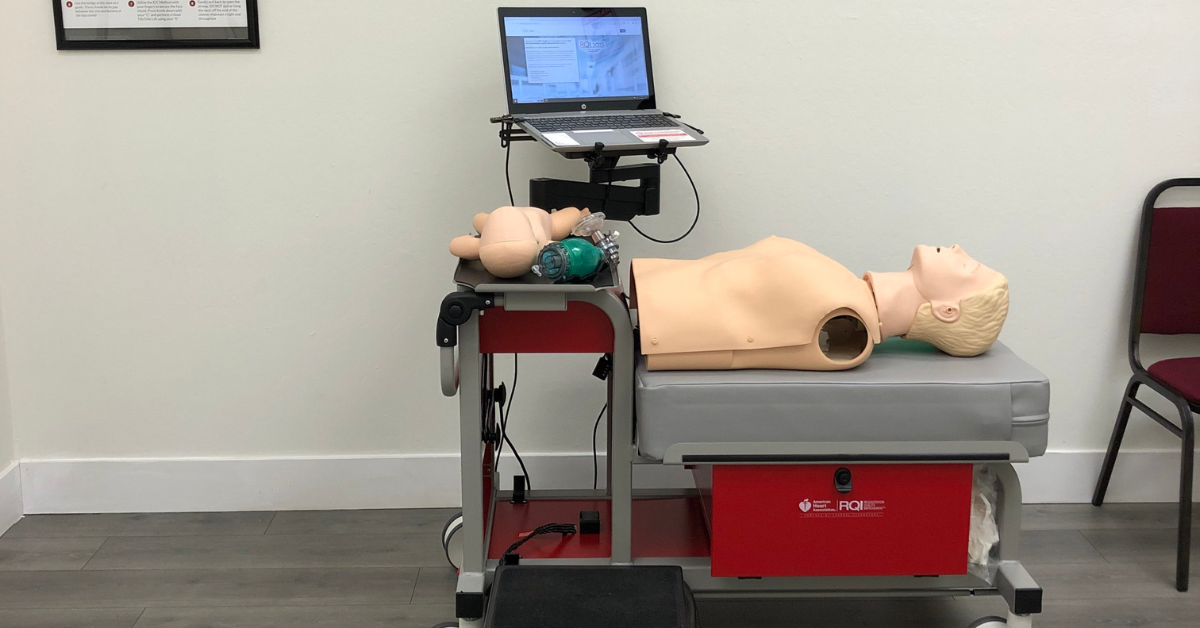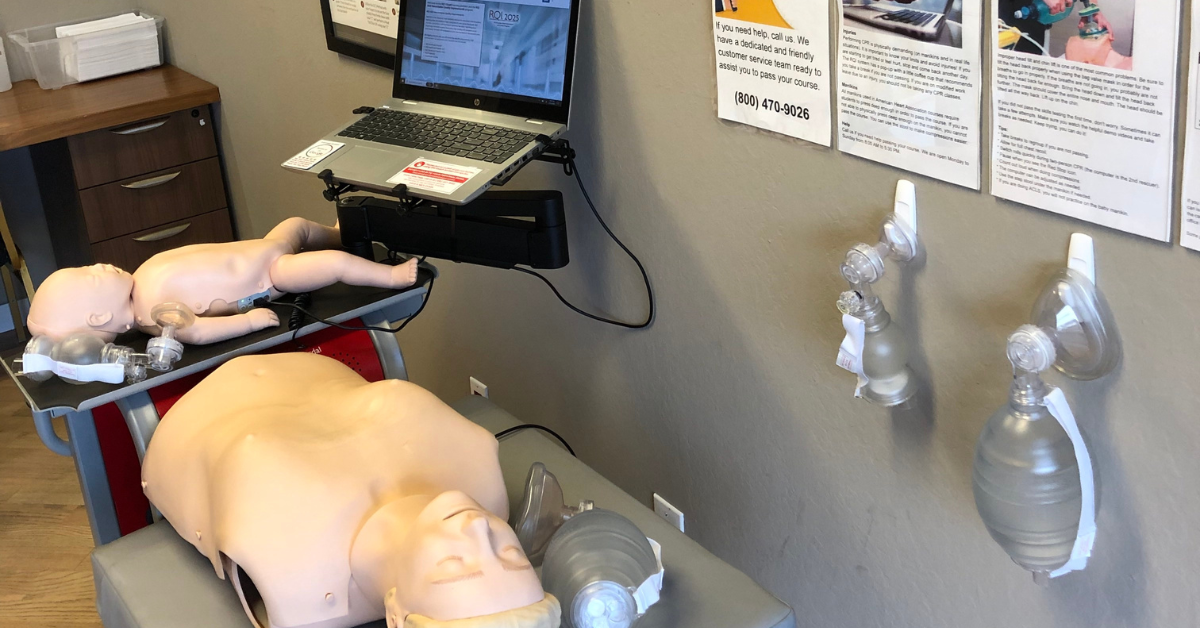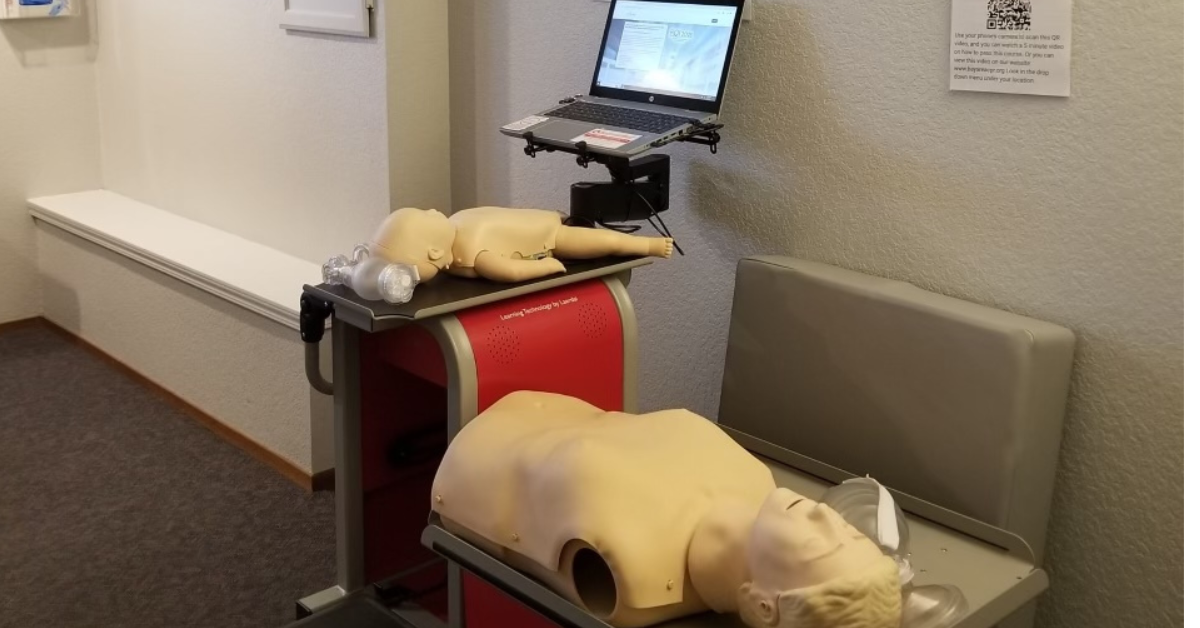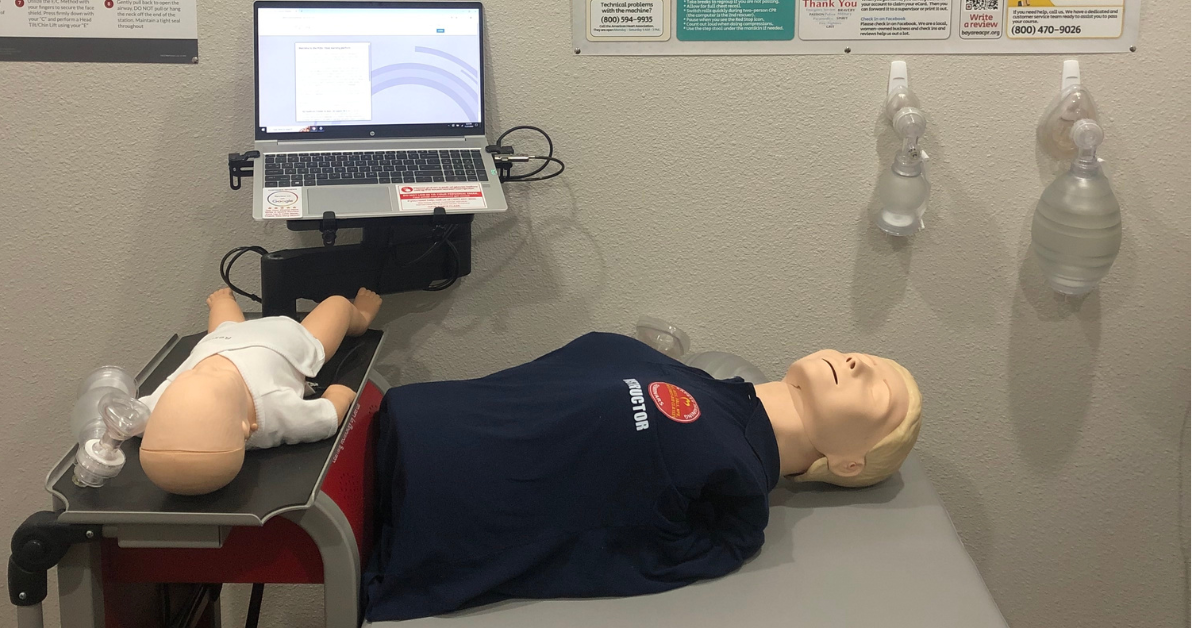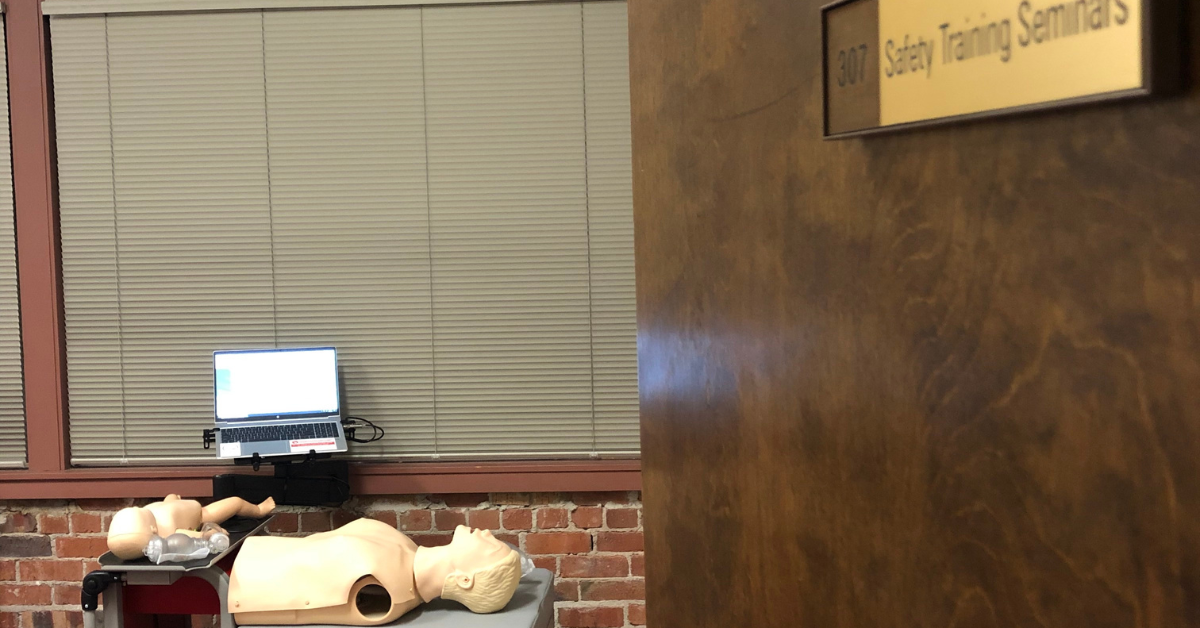When someone collapses from cardiac arrest, their survival depends on one critical factor: immediate action. Bystander CPR can double or even triple a person’s chance of survival, yet most people hesitate when faced with this life-or-death moment.
The power of bystander CPR extends far beyond basic first aid. It’s the difference between life and death, between full recovery and permanent disability. Understanding this power—and knowing how to use it—can transform you from a helpless observer into someone’s hero.
What Makes Bystander CPR So Powerful?
Bystander CPR works because of timing. When someone’s heart stops, their brain begins dying within minutes. Emergency medical services typically take 8-12 minutes to arrive. During those crucial minutes, CPR keeps oxygenated blood flowing to vital organs.
The statistics tell the story clearly:
- Without CPR, survival rates drop by 10% every minute
- With immediate bystander CPR, survival rates jump from 8% to 31%
- Early CPR can preserve brain function and prevent permanent damage
This isn’t just about chest compressions. It’s about maintaining the spark of life until professional help arrives.
The Chain of Survival: Where You Fit In
Emergency medical professionals describe cardiac arrest response as a “chain of survival.” Each link matters, but bystander CPR forms the most critical link.
Link 1: Early Recognition
Recognize cardiac arrest quickly. Look for:
- Unresponsiveness
- No normal breathing
- No pulse (if you’re trained to check)
Link 2: Early CPR
Start chest compressions immediately. Push hard and fast on the center of the chest at least 2 inches deep. Aim for 100-120 compressions per minute.
Link 3: Early Defibrillation
Use an AED if available. These devices provide clear voice instructions and can restart the heart.
Link 4: Advanced Care
Professional emergency responders take over with advanced medications and equipment.
Your role in links 1-3 can mean the difference between survival and death.
Breaking Down the Barriers
Despite CPR’s proven effectiveness, many people hesitate to act. Common fears include:
“I might hurt them”
Broken ribs heal. Brain damage from lack of oxygen doesn’t. The person is already clinically dead—you can’t make things worse.
“I don’t remember my training”
Something is always better than nothing. Even imperfect CPR provides some blood flow. Many 911 dispatchers can guide you through the process.
“I’m not qualified”
You don’t need medical training to save a life. Hands-only CPR is simple: push hard and fast on the chest until help arrives.
The Hands-Only Revolution
Traditional CPR combined chest compressions with rescue breathing. Today, experts recommend hands-only CPR for untrained bystanders. Here’s why:
- Simpler to learn and remember
- Eliminates hesitation about mouth-to-mouth contact
- Provides continuous chest compressions
- Equally effective in the first few minutes
The technique is straightforward:
- Call 911 immediately
- Place the heel of one hand on the center of the chest
- Place your other hand on top, interlacing fingers
- Push hard and fast, allowing complete chest recoil
- Don’t stop until help arrives
Real-World Impact
Research shows communities with higher rates of CPR training have better cardiac arrest survival outcomes. Immediate bystander CPR can double or even triple a person’s chance of survival. In the United States, overall survival for out-of-hospital cardiac arrest remains below 10%, but in places where bystander CPR is more common—especially in public settings—survival can reach up to 39%. In contrast, communities with low CPR training and low bystander response often see survival rates dip below 10%.
The impact extends beyond immediate survival. Quality bystander CPR reduces the likelihood of:
- Severe brain damage
- Long-term disability
- Extended hospital stays
- Family trauma and grief
Overcoming Modern Challenges
Recent global events have created new hesitations about performing CPR. Concerns about disease transmission have led to updated guidelines:
- Cover the person’s mouth and nose with a cloth or mask
- Perform hands-only CPR rather than mouth-to-mouth
- Wash hands thoroughly after the emergency
- Seek medical evaluation if you have concerns about exposure
Remember: the risk of disease transmission is extremely low, while the certainty of death without CPR is absolute.
Technology as Your Ally
Modern technology enhances bystander CPR effectiveness:
Smartphone Apps: Many regions have apps that alert trained volunteers to nearby cardiac arrests. These systems can get help to the scene faster than traditional emergency services.
AED Locators: Apps can guide you to the nearest automated external defibrillator, dramatically improving survival chances.
Video Calling: Some emergency services now provide video-guided CPR instruction, helping you provide better care until professionals arrive.
The Ripple Effect
Your CPR knowledge doesn’t just help one person—it creates a ripple effect. When you learn CPR:
- You’re more likely to teach others
- Your confidence in emergencies increases
- You become a community safety resource
- You inspire others to get trained
Communities with strong CPR cultures save more lives. It’s that simple.
Building Your Confidence
The key to effective bystander CPR is confidence. This confidence comes from:
Quality Training: Hands-on practice with certified instructors builds muscle memory and reduces hesitation.
Regular Refreshers: Skills fade without practice. Annual refresher courses keep your abilities sharp.
Mental Rehearsal: Visualize yourself responding to an emergency. This mental practice reduces panic and improves performance.
Understanding the Science: Knowing why CPR works helps you push through doubts and continue compressions.
When Every Second Counts
Cardiac arrest strikes without warning. It affects young athletes, middle-aged professionals, and older adults. It happens at home, at work, in public spaces. The common thread? Someone nearby can make the difference between life and death.
The power of bystander CPR lies not in complex medical procedures but in simple, decisive action. It’s about pushing past fear and hesitation to give someone their best chance at survival.
Your Next Step: Get Trained
Reading about CPR is a start, but hands-on training transforms knowledge into lifesaving skill. Quality CPR training provides:
- Proper technique instruction
- Practice on realistic manikins
- Confidence-building scenarios
- Certification that employers value
Safety Training Seminars offers comprehensive CPR classes designed for busy schedules. Our American Heart Association-certified courses combine online learning with hands-on skills practice, ensuring you’re prepared when it matters most.
Don’t wait for an emergency to wish you knew CPR. The life you save might be someone you love.
The Power Is in Your Hands
Bystander CPR represents one of medicine’s most powerful interventions. It requires no expensive equipment, no years of training, no medical degree. It requires only the willingness to act when someone’s life depends on it.
The hidden power of bystander CPR isn’t really hidden at all. It lies in the simple act of refusing to stand by while someone dies, in the decision to push past fear and provide help, and in the understanding that ordinary people can do extraordinary things when they’re prepared.
To succeed in advanced courses like ACLS, having a solid grasp of basic life support is essential. Whether you’re just starting out or refreshing your skills, enrolling in BLS CPR Classes in Berkeley or BLS CPR Classes in Carmichael provides the hands-on training and foundational knowledge needed for effective emergency response in both clinical and community settings.
Your hands have the power to restart a heart, preserve a brain, and give someone another chance at life. The question isn’t whether you’ll ever need this power—statistics suggest you will. The question is whether you’ll be ready to use it.


